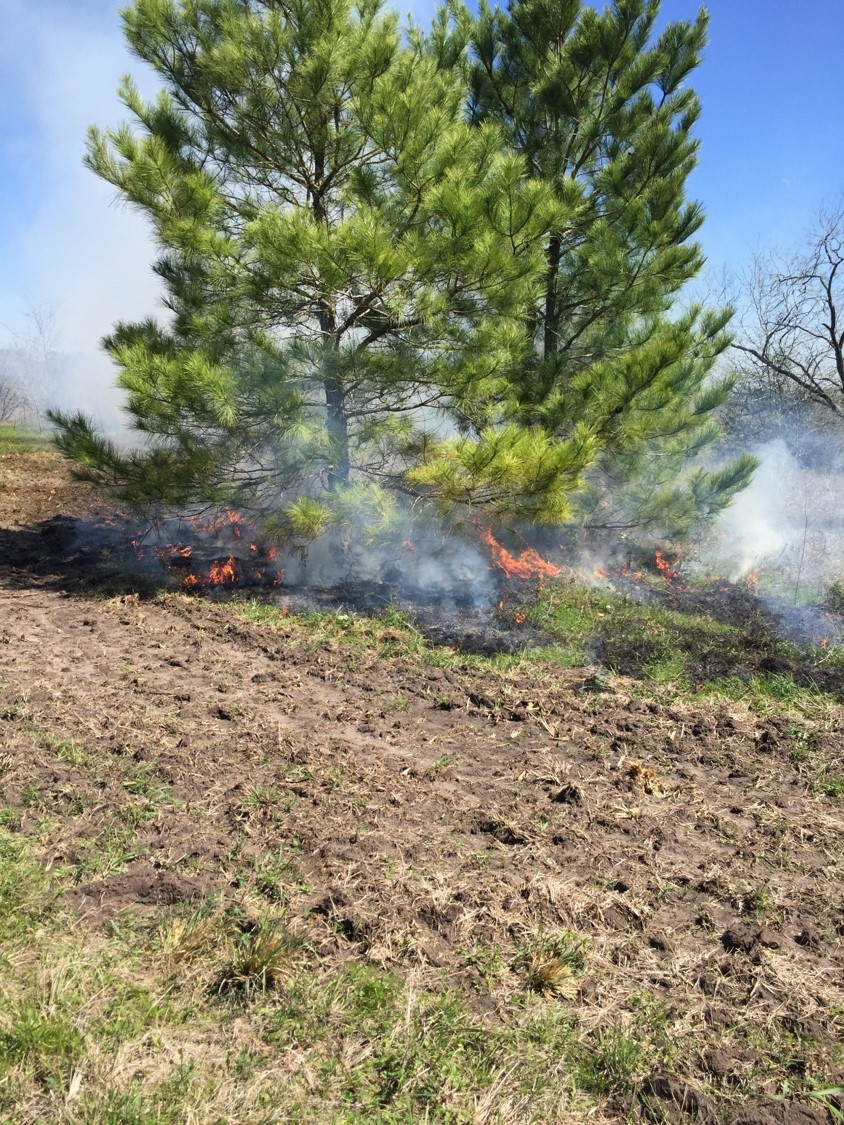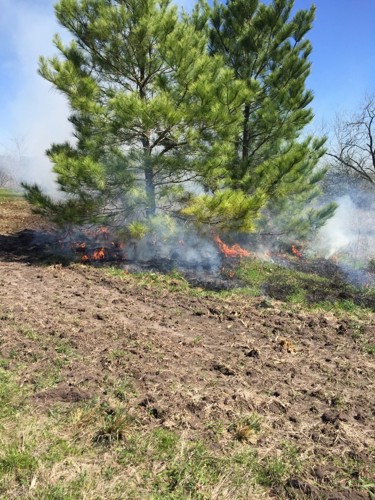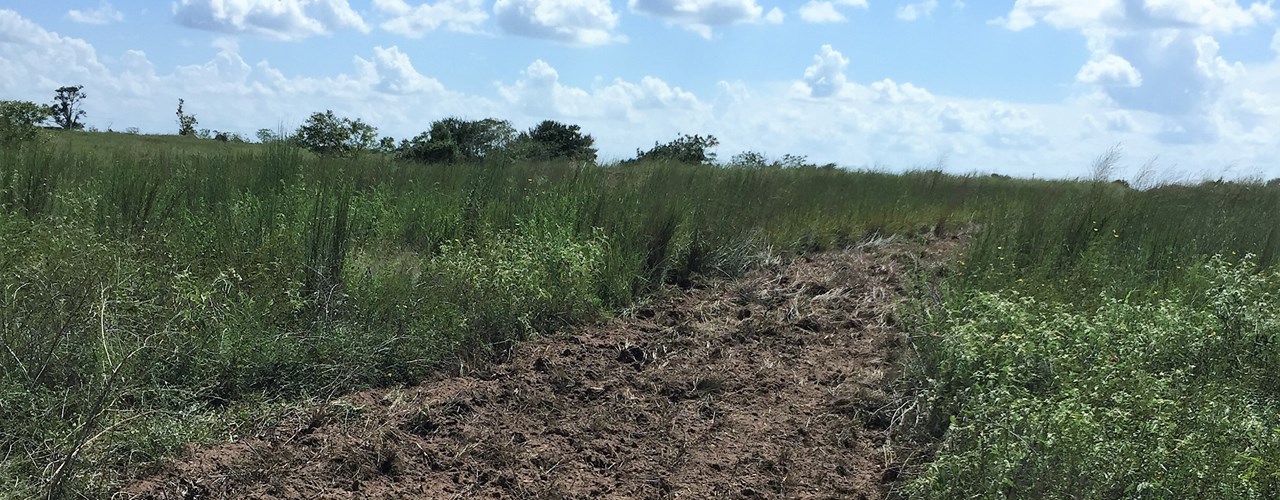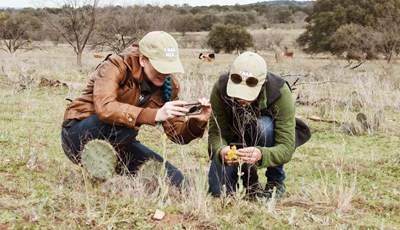Private Land Stewardship Starts with Soils
I often find new landowners wondering what they should be doing to enhance wildlife on their property. As a participant in Private Land Stewardship, this can be an exciting and sometimes daunting step. More often than not, there is a tendency for people to gravitate towards feeding wildlife as their first task. Feeding seems to be a no-brainer: it is relatively easy to do, and it satisfies the innate desire that many of us have to nurture animals. That may be fine for backyard wildlife, but at the farm and ranch scale, thought should be given towards enhancing native plants that provide food and shelter for wildlife. For the newer and more seasoned landowners, the best approach to wildlife management is building baseline information on the soils types within their properties. Healthy soils lead to vigorous plant communities and wildlife populations.
Knowing your soils and their placement can save you tons of money, as they dictate which management practices will yield the best results. The perfect management plan on one property may be ineffective on another, with results depending heavily on soil quality and composition. When seeking advice for wildlife management, farming or ranching, good groups to know include Texas A&M AgriLife Extension Service, Texas Forest Service, Texas Parks and Wildlife and Natural Resources Conservation Service.
When it comes to soils, NRCS is the go-to organization. District Conservationists often directly work with landowners to create property soil maps. Soils will consist of sand, silt, and clay, or mixtures of each and their arrangement on the landscape has implications for wildlife management. For instance, many areas in the Texas Hill Country are not suited for food plots, as the soils often form a shallow layer over rock. Alternatively, soils in Central and East Texas are better suited for flood plots, as they are much deeper. You can use the web soil survey online database to get an idea of what kinds of soils are present in your area of interest.
If food plots are part of your management strategy, make sure that you test soil fertility on your property, before placing seeds in soils that may not be up to par. Soil samples can be sent to the Texas A&M AgriLife Extension Service Soil, Water, and Forage Testing Laboratory. If you decide to invest in food plots, you should also become familiar with the types and uses of farm equipment that are often employed in food plot management.

A tractor and disk can be used to overturn the soil and stimulate the growth of food-producing forbs and grasses for wildlife.
Food can also be promoted with the use of shallow disking where a tractor and disk is used to break the soil 2-4 inches deep, typically from January to early March. Keep in mind that soil testing is not needed in areas that are disked, as the plants that will respond to this soil disturbance are already adapted to living in that location and soil type. Disking around pastures can also serve as a fire break. That means you benefit twice from these efforts when using prescribed fire to manage for quail and other wildlife.


Prescribed burns can be used to open up the landscape, giving forbs, grasses, and other food-producing species a chance to grow. Shallow disking produces a fire break and later a natural food plot.
Knowing your soils is the first step to becoming a knowledgeable land steward! If you understand their location and fertility, both shallow disking and food plots can provide valuable food sources on the landscape and benefit many species of wildlife. If you couple new-found knowledge of soils with the expertise from the natural resource agency personnel from those mentioned above, your time and effort will be well-spent to improve wildlife on your property.





